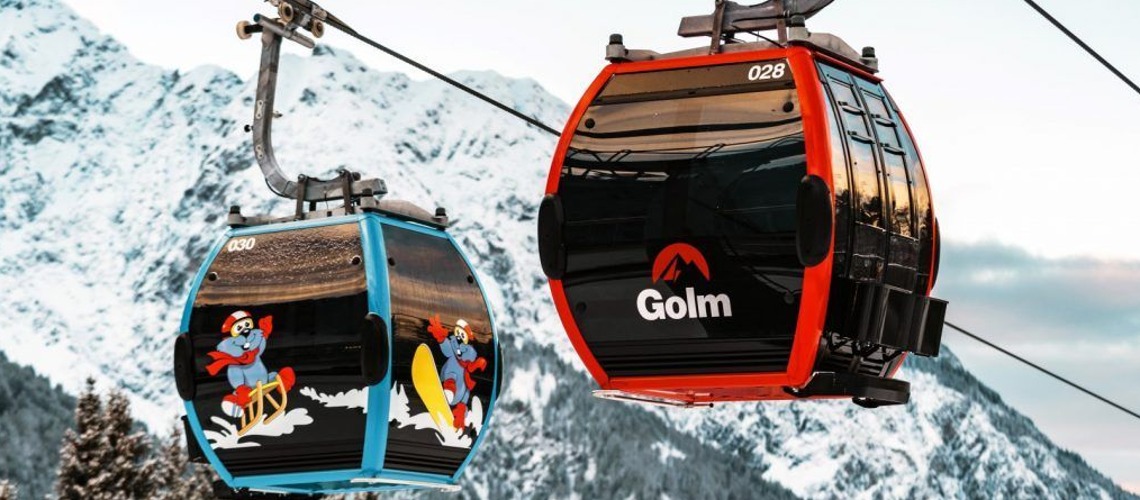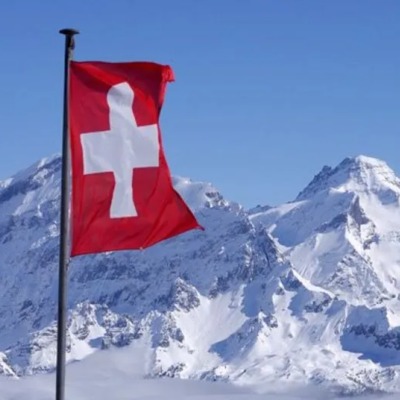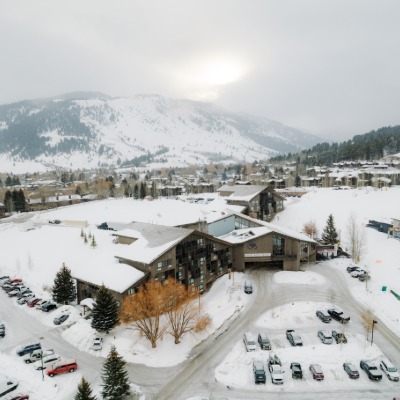Salzmann Engineers Undertakes Modernization Of Golmerbahn During Ongoing Operations

Since 1995, the Golmerbahn has transported numerous winter and summer guests up to 1893 meters above sea level in the Montafon ski and hiking area below the Golmer Joch. After 25 years, operator Golm Silvretta Lünersee Tourismus wanted a barrier-free and comfortable entry into the monocable gondola. To do this, the old 8-seater cabins were replaced by state-of-the-art models by December 2022, entrance levels were adjusted, elevators were installed and unforeseeable problems were solved. The architecturally demanding modernization was carried out in four time windows between the seasons without any interruption to operations.
Starting point The adventure mountain Golm in Vorarlberg's Montafon is one of the most versatile ski and hiking areas in the country with nine lifts, forest rope park, Flying Fox, Alpine Coaster and forest slide park. The heart and main feeder into the mountain world of the Rätikon is the Golmerbahn. The 8-seater gondola followed in 1995 after the inclined elevator operated from 1959. It leads over three sections, 34 supports and almost 4 kilometers from the valley station in Vandans via intermediate stations in Latschau and Matschwitz to the Grüneck mountain station. Originally, 127 cabins transported up to 1800 people per hour. What was state of the art when it was built is no longer acceptable to guests today. Therefore, after 25 years of operation, the operator Golm Silvretta Lünersee Tourismus was looking for a threshold-free alternative for the old vehicles and struck gold with Doppelmayr. The first test runs confirmed the basic suitability of the popular OMEGA IV cabins on the existing clamps with other hanging rods. With the new vehicle models, entry should be at ground level from the platform (level walk-in). The cable car building, constructed in 1995, was designed by architect Leopold Kaufmann and artist Karl-Heinz Ströhle. Scaled glass facades and the color scheme of the wooden ceiling construction, which changes from station to station, create a light atmosphere. The aesthetically demanding architecture had to be preserved in the structural adaptations as well as in the construction of elevators.
Golmerbahn technical data
- Lift system: 8-person gondola
- Length: 1585 + 1296 + 1231 meters
- Difference in altitude: 345 + 522 + 371 meters
- Capacity: 1550 people/h
- Maximum driving speed: 5 m/s
- Number of cabins: 110
- Manufacturer: Doppelmayr cable cars
Conversion under time pressure
The Golmerbahn transports thousands of guests up the mountain every day in winter and summer. The year-round operation therefore only allowed short time windows for conversion work between the seasons. Meticulous planning and coordination was required to make the best possible use of the five weeks after Easter and in the fall. Since the iconic building by Kaufmann and Ströhle was to retain its unmistakable profile, the renowned office BHP Baumschlager Hutter Partners took on the architectural design.
During the modernization, platform levels, routes and garages were adapted and elevators were installed in the intermediate stations. There was also a snow groomer garage and a garbage room. Initially, two construction stages were planned – this turned into four due to unexpected additional expenses and delivery bottlenecks. Salzmann Ingenieure demonstrated flexibility, coordinated closely with the trades and organized partial permits for the cable car and garages, elevators and garbage room. The construction site areas were temporarily sealed. This ensured safe and uninterrupted public service.
Gentle modernization with a strong effect
Free travel for everyone: Since spring 2022, the Golmerbahn has been transporting guests with wheelchairs or prams comfortably and barrier-free from Vandans to Grüneck.
The 110 contemporary 8-seater cabins have replaced their somewhat smaller 127 predecessors and have made it easier for passengers to climb the mountain thanks to the level walk-in. Despite extensive adaptations, the transformation is hardly recognizable. “Our wish was for the cable car technology to be modernized as gently and efficiently as possible. The careful solution creates maximum comfort for all our guests with comparably simple means and also preserves the architectural and artistic characteristics," emphasizes Markus Burtscher, Managing Director of Golm Silvretta Lünersee Tourismus.
The grating floors and lifting platforms were raised by seven centimeters in all four stations for stepless entry. Two elevators each ensure barrier-free platform access in the intermediate stations Latschau and Matschwitz, which were previously only accessible by stairs. What sounds easy had its pitfalls. They were mainly of a static nature and partly hidden under concrete, as project manager Jörg Egger reports: "In Latschau we had to cut aisles in the concrete and first record the existing structure precisely using a 3D scan. Matschwitz's steel structure rests on a system of pillars and struts. We had to think very carefully about what to attack, where and how.” Salzmann Ingenieure was able to rely on the statics specialists of the gbd group from Dornbirn.
Maximum freedom of movement
In Latschau, in addition to raising the level, concrete cutting work was on the agenda. So that the sections can be driven individually, a foldable wagon guide was planned. It needed space in the folded position and that was not available. "In order for the cabins to be able to move, we had to lower the surface by a few centimeters in some places," reports Jörg Egger. There was also a need for change in the garage. A new lifting platform was erected there.
Before the first parts could be cut out of the concrete, the situation had to be carefully assessed. “We didn't know where the cables and lines ran and which walls were load-bearing. The old plans did not contain precise information,” explains the project manager. Since the "Holzschopf" restaurant and a transformer station are located directly below the entry level, extreme caution was required. Together with gbd, the inventory was surveyed using a 3D scan and a static analysis was carried out. After the test drilling, some ceiling elements were removed and re-concreted, while others were cut out. Additional steel reinforcements and columns provided stability.
During the construction of the lift on the descent side, parts of the concrete floor were removed and the emergency drive of the lift was relocated. For this purpose, oil lines and pipes were lengthened - not a trivial matter during operation. The second elevator was built as an extension next to the staircase. The scaled glass facade and the wooden ceiling were seamlessly continued. An imitation was originally planned for the façade of the new snow groomer garage on the green field next door. However, for reasons of fire and avalanche protection, it was realized as an unadorned concrete cube – the rule is the rule. Salzmann Ingenieure converted the previous garage in the basement of the building into garbage and storage rooms by means of a false ceiling and freight elevator.
Raising the platform level and the lifting platforms at the Matschwitz intermediate station at 1,521 meters above sea level was particularly complex. Because the pure steel construction stands on stilts. The unusual construction of the structure made the lifting many times more tricky than with the concrete floor. For Jörg Egger and the team from Salzmann Ingenieure, the main questions were static in the filigree forest of poles: Where do I attack? Where do I expand? What are the effects on the overall statics?
In close coordination with the experts from gbd and a dedicated steel construction team, the platform plateau was raised by the required seven centimeters in just a few weeks. Thanks to the exact inventory, there are no visible traces. "The new steel elements do not differ in color from the original," reports Egger. For the construction of the passenger elevators on both driving sides, a break room and a toilet were demolished and rebuilt elsewhere. As in Latschau, the two elevators fit harmoniously into the overall architectural structure.













